
Coca-Cola, or Coke, is a carbonated soft drink manufactured by the Coca-Cola Company. Originally marketed as a temperance drink and intended as a patent medicine, it was invented in the late 19th century by John Stith Pemberton in Atlanta, Georgia. In 1888, Pemberton sold Coca-Cola's ownership rights to Asa Griggs Candler, a businessman, whose marketing tactics led Coca-Cola to its dominance of the global soft-drink market throughout the 20th and 21st century. The drink's name refers to two of its original ingredients: coca leaves and kola nuts. The current formula of Coca-Cola remains a closely guarded trade secret; however, a variety of reported recipes and experimental recreations have been published. The secrecy around the formula has been used by Coca-Cola in its marketing as only a handful of anonymous employees know the formula. The drink has inspired imitators and created a whole classification of soft drink: colas.

Cocaine is a stimulant drug obtained from the leaves of two Coca species native to South America, Erythroxylum coca and Erythroxylum novogranatense. After extraction from coca leaves and further processing into cocaine hydrochloride, the drug may be snorted, heated until sublimated and then inhaled, or dissolved and injected into a vein. Cocaine stimulates the reward pathway in the brain. Mental effects may include an intense feeling of happiness, sexual arousal, loss of contact with reality, or agitation. Physical effects may include a fast heart rate, sweating, and dilated pupils. High doses can result in high blood pressure or high body temperature. Effects begin within seconds to minutes of use and last between five and ninety minutes. As cocaine also has numbing and blood vessel constriction properties, it is occasionally used during surgery on the throat or inside of the nose to control pain, bleeding, and vocal cord spasm.
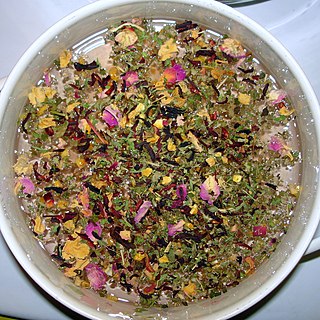
Herbal teas, also known as herbal infusions and less commonly called tisanes, are beverages made from the infusion or decoction of herbs, spices, or other plant material in hot water. Oftentimes herb tea, or the plain term tea is used as a reference to all sorts of herbal teas. Some herbal blends contain actual tea.

Coca is any of the four cultivated plants in the family Erythroxylaceae, native to western South America. Coca is known worldwide for its psychoactive alkaloid, cocaine.
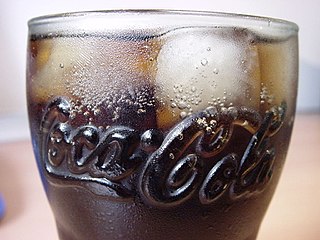
The Coca-Cola Company's formula for Coca-Cola syrup, which bottlers combine with carbonated water to create the company's flagship cola soft drink, is a closely guarded trade secret. Company founder Asa Candler initiated the veil of secrecy that surrounds the formula in 1891 as a publicity, marketing, and intellectual property protection strategy. While several recipes, each purporting to be the authentic formula, have been published, the company maintains that the actual formula remains a secret, known only to a very few select employees.
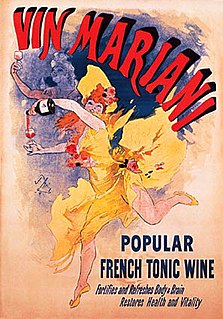
Vin Mariani was a coca wine and patent medicine created in the 1860s by Angelo Mariani, a French chemist from the island of Corsica. Mariani became intrigued with coca and its medical and economic potential after reading Paolo Mantegazza's paper on the effects of coca. Between 1863 and 1868 Mariani started marketing a coca wine called Vin Tonique Mariani which was made from Bordeaux wine and coca leaves.
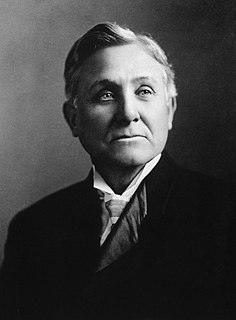
Asa Griggs Candler was an American business tycoon and politician who in 1888 purchased the Coca-Cola recipe for $238.98 from chemist John Stith Pemberton in Atlanta, Georgia. Candler founded The Coca-Cola Company in 1892 and developed it as a major company.
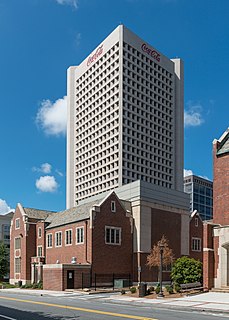
The Coca-Cola Company is an American multinational beverage corporation, best known as the producer of Coca-Cola. The sugary drink was invented in 1886 by pharmacist John Stith Pemberton. The Coca-Cola Company also manufactures, sells, and markets other non-alcoholic beverage concentrates and syrups, and alcoholic beverages. The company's stock is listed on the NYSE and is part of the DJIA and the S&P 500 and S&P 100 indexes.

Benzoylecgonine is the main metabolite of cocaine, formed by the liver and excreted in the urine. It is the compound tested for in most cocaine urine drug screens.

Erythroxylum coca is one of two species of cultivated coca.

Nestea is a Swiss brand of iced tea and pop beverages owned by Nestlé, manufactured by The Coca-Cola Company and distributed by Nestlé's beverage department in the United States and by Beverage Partners Worldwide (BPW), a joint venture between The Coca-Cola Company and Nestlé, in the rest of the world. It competes with Unilever/PepsiCo's Lipton Iced Tea and Fuze Tea. Nestea provides a variety of tea products, including liquid and powdered tea concentrates, refrigeratable teas, and ready-to-drink bottles dispensed by vendor or vending machine. The beverage comes in several flavors, depending on the country.

Coca tea, also called mate de coca, is an herbal tea (infusion) made using the raw or dried leaves of the coca plant, which is native to South America. It is made either by submerging the coca leaf or dipping a tea bag in hot water. The tea is most commonly consumed in the Andes mountain range, particularly Argentina, Bolivia, Colombia, Ecuador and especially in Peru, where it is consumed all around the country. It is greenish yellow in color and has a mild bitter flavor similar to green tea with a more organic sweetness.
United States v. Forty Barrels and Twenty Kegs of Coca-Cola, 241 U.S. 265 (1916), was a federal suit under which the government unsuccessfully attempted to force The Coca-Cola Company to remove caffeine from its product.
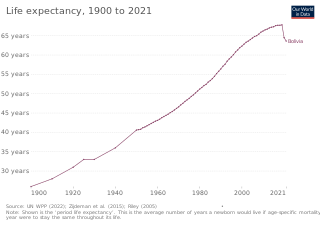
In terms of key indicators, health in Bolivia ranks nearly last among the Western Hemisphere countries. Only Haiti scores consistently lower. Bolivia's child mortality rate of 69 per 1,000 live births is the worst in South America. Proper nourishment is a constant struggle for many Bolivians. Experts estimate that 7 percent of Bolivian children under the age of five and 23 percent of the entire population suffer from malnutrition. Another health factor in Bolivia is sanitation.

Tropane alkaloids are a class of bicyclic [3.2.1] alkaloids and secondary metabolites that contain a tropane ring in their chemical structure. Tropane alkaloids occur naturally in many members of the plant family Solanaceae. Certain tropane alkaloids such as cocaine and scopolamine are notorious for their psychoactive effects, related usage and cultural associations. Particular tropane alkaloids such as these have pharmacological properties and can act as anticholinergics or stimulants.

Erythroxylum novogranatense is a neotropical species of Erythroxylum (Erythroxylaceae). Cocaine is produced from the leaves.

Thai suki, known simply as suki in Thailand, is a Thai variant of hot pot, a communal dish where diners dip meat, seafood, noodles, dumplings and vegetables into a pot of broth cooking at the table and dip it into a spicy "sukiyaki sauce" before eating. Despite the name, the dish only barely resembles Japanese sukiyaki, having more in common with shabu shabu and Chinese hot pot.

Afzelin is a flavonol glycoside. It is the rhamnoside of kaempferol. It is found in Nymphaea odorata.
Coca alkaloids are the alkaloids found in the coca plant, Erythroxylum coca. They are predominantly of either the pyrrolidine or the tropane types.

Cannabinodiol (CBND), also known as cannabidinodiol, cannabinoid that is present in the plant Cannabis sativa at low concentrations. It is the fully aromatized derivative of cannabidiol (CBD) and can occur as a product of the photochemical conversion of cannabinol (CBN).

















